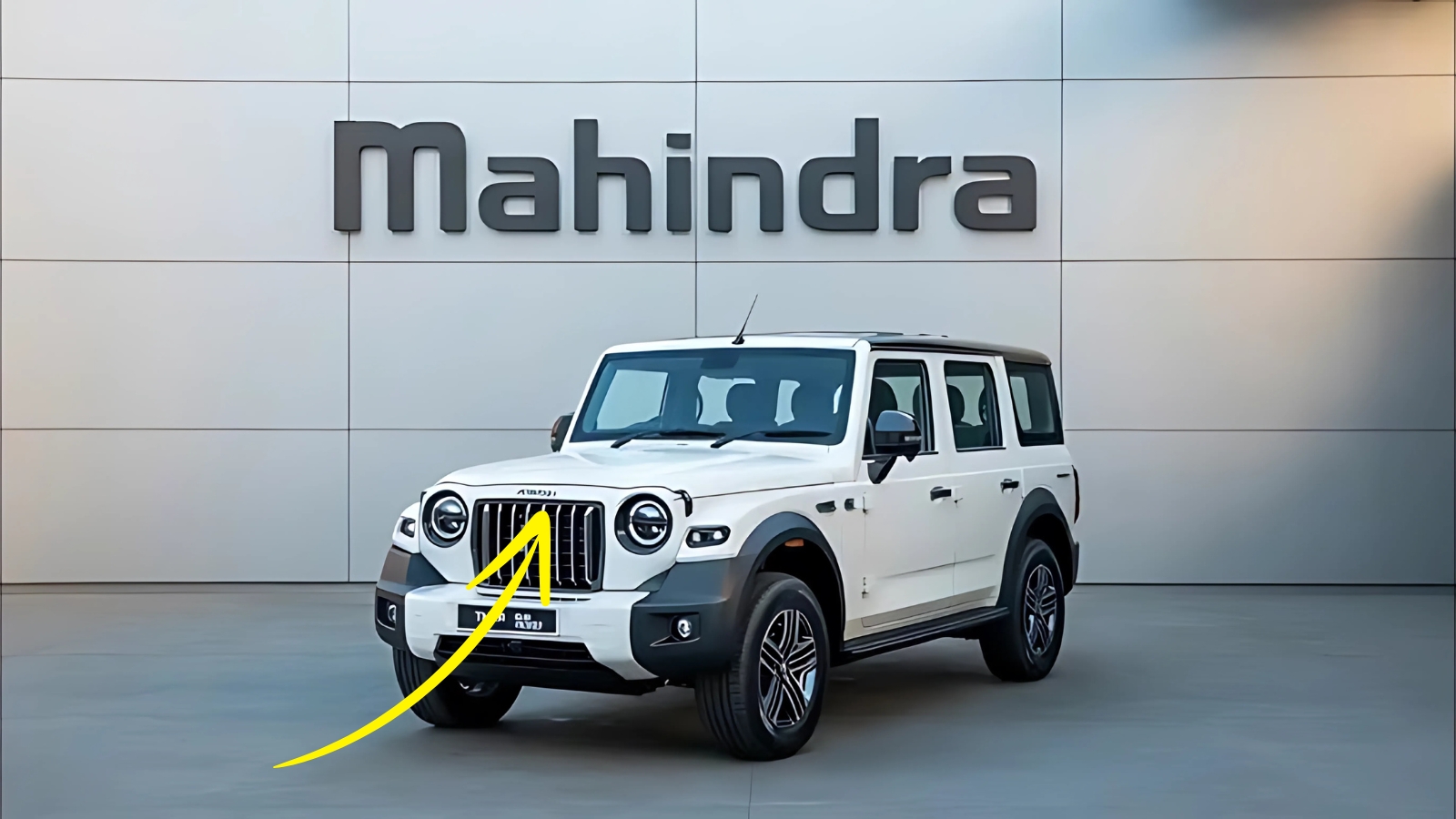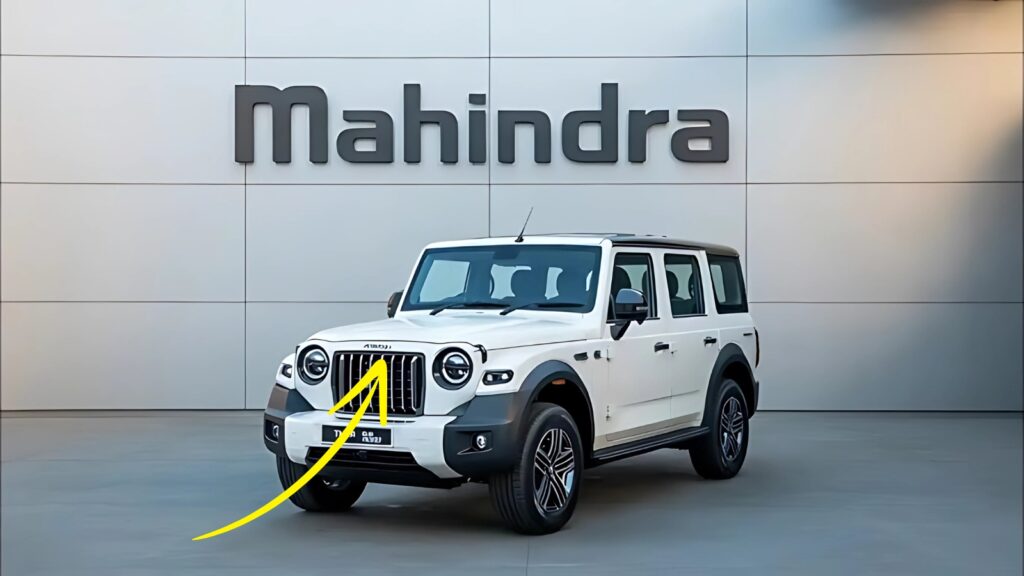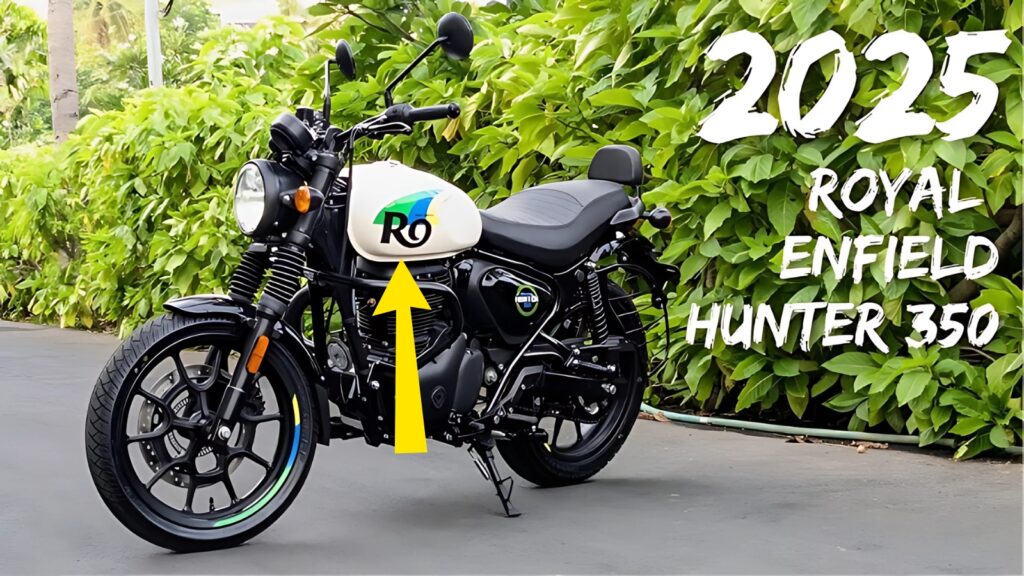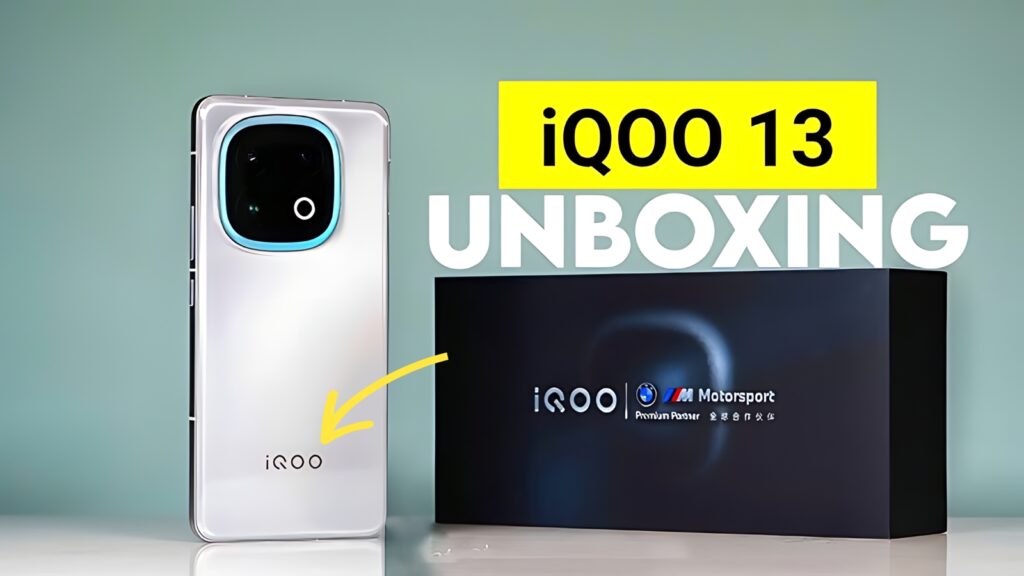Mahindra Bolero 2025 : The dusty roads of rural India are about to witness a transformation. Mahindra’s iconic Bolero, the vehicle that has faithfully served farmers, small business owners, and large families for over two decades, is getting ready for its most significant update yet. Sources from Mahindra’s Nashik facility indicate that the 2025 Bolero will hit showrooms by March, bringing modern touches to a vehicle that many thought would never change.
Design Philosophy: Respecting Heritage While Embracing Change
Walking around the test mules spotted near Mahindra’s proving grounds reveals an interesting approach to redesign. The classic boxy silhouette remains – after all, you don’t mess with an icon – but every surface has been refined. The front grille now features horizontal slats instead of the vertical ones, giving it a wider, more planted stance. LED daytime running lights frame the traditional round headlamps, creating an interesting blend of old-school charm and contemporary technology.
The side profile maintains those characteristic straight lines that make the Bolero instantly recognizable from a kilometer away. However, new wheel arch cladding and redesigned alloy wheels (a first for base variants) add a touch of sophistication. The rear gets LED tail lamps and a redesigned spare wheel cover that actually looks intentional rather than an afterthought. It’s evolution, not revolution – exactly what Bolero loyalists would want.
Interior Transformation That Surprises
Step inside the 2025 Bolero, and you might need a moment to process what you’re seeing. The dashboard, previously a sea of hard plastics and basic switches, now features a layered design with contrasting colors. A seven-inch touchscreen infotainment system takes center stage – modest by modern standards but revolutionary for the Bolero. The steering wheel gets audio controls and a better grip, while the instrument cluster combines analog dials with a small digital display showing trip information.
Mahindra hasn’t forgotten the Bolero’s utilitarian roots, though. The gear lever remains where drivers expect it, the handbrake is still a proper mechanical lever (not some electronic button), and physical controls handle climate control. The seats use new fabric that’s both more durable and comfortable, addressing a long-standing complaint about the previous generation’s rather firm cushioning. Rear passengers benefit from improved legroom and individual headrests across all three rows – yes, the seven/nine-seater configuration continues.

Powertrain Updates for Modern Demands
Under that familiar hood lies the biggest surprise. While the trusty 2.2-liter mHawk diesel engine continues (now producing 120 bhp), Mahindra has thoroughly reworked it to meet BS6 Phase 2 emission norms. The addition of a mild-hybrid system helps with fuel efficiency and reduces turbo lag, making city driving less of a chore. The five-speed manual transmission gets shorter throws and better synchronization, addressing another common complaint.
Fuel efficiency sees a notable improvement, with Mahindra claiming 16.5 kmpl on highways – impressive for a vehicle this size. Real-world testing by automotive journalists suggests 14-15 kmpl is achievable with mixed driving, a significant jump from the current model’s thirsty nature. For an SUV that often doubles as a commercial vehicle, these numbers translate to substantial savings over its lifetime.
Safety No Longer an Afterthought
Perhaps the most significant change comes in safety features. The 2025 Bolero finally gets dual front airbags as standard, along with ABS with EBD, rear parking sensors, and speed alert system. The body structure has been reinforced at key points, though Mahindra hasn’t submitted it for NCAP testing yet. Hill hold assist makes an appearance in higher variants, particularly useful given the Bolero’s popularity in hilly regions.
The addition of ISOFIX child seat mounts and three-point seatbelts for all passengers shows Mahindra’s commitment to making the Bolero family-friendly in the truest sense. Emergency braking assistance and electronic stability program appear in top variants, features you wouldn’t have associated with the Bolero even five years ago.
Technology Integration That Makes Sense
While rivals chase connected car features and multiple driving modes, Mahindra keeps the Bolero’s tech simple and functional. The infotainment system supports Android Auto and Apple CarPlay, but more importantly, it includes USB ports in all three rows – a thoughtful touch for a vehicle often packed with extended family. The sound system, developed specifically for the Bolero’s cabin, delivers clear audio without trying to be a concert hall.
Remote key entry finally makes an appearance, along with power windows for all doors. The air conditioning system, always a weak point in previous Boleros, gets a more powerful compressor that can actually cool the entire cabin on scorching summer days. These aren’t groundbreaking features, but for Bolero buyers stepping up from older models or other basic vehicles, they represent meaningful improvements.
Market Positioning and Expected Impact
Industry insiders suggest pricing will start around ₹9.5 lakhs, positioning the new Bolero between the Thar and XUV300. This sweet spot allows it to compete with compact SUVs while offering the space and ruggedness that define the Bolero experience. Rural markets, which account for 70% of Bolero sales, will likely embrace these updates while urban buyers might give it a second look.
2025 Royal Enfield Hunter 350 launched with all new updated features – Check details
Mahindra Bolero 2025 The Road Ahead
The 2025 Mahindra Bolero represents a delicate balancing act – modernizing without alienating loyalists, adding features without inflating costs unnecessarily. Initial responses from dealers suggest strong booking numbers, particularly from existing Bolero owners looking to upgrade. Whether this new chapter strengthens the Bolero’s legendary status or dilutes its no-nonsense appeal remains to be seen. What’s certain is that India’s favorite workhorse is ready for the next decade of service.


